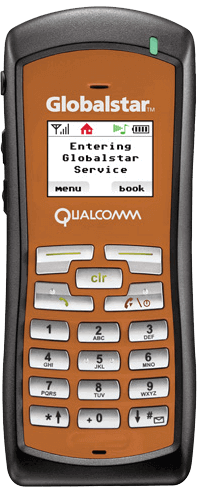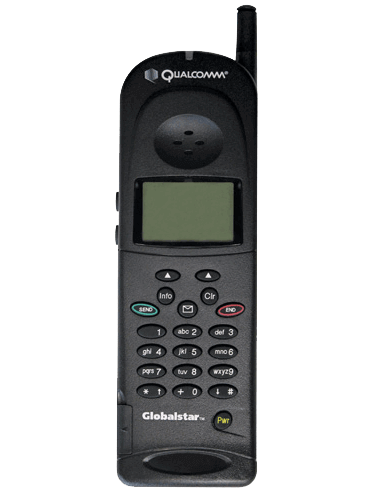Globalstar Band n53™: A Frequency to Call Your Own
The world runs on wireless networks. There are nearly 9 trillion mobile phone subscriptions, according to Ericsson, and more than 1.5 billion Wi-Fi networks, as tallied by Wigle.net. Nanoavionics estimates there are more than 10,000 communication satellites orbiting the Earth, and 4,500 private LTE or 5G networks are operating on the ground, according to Berg Insight.
Those networks use a patchwork of radio frequency spectrum, much of it licensed for use but much operating in unlicensed (Wi-Fi) or lightly licensed bands (like Citizens Broadband Radio Service in the US). The latter two are most commonly used in private wireless networks. If you are responsible for designing or running those networks, however, the patchwork nature of licensed-plus-unlicensed spectrum is a problem. Being free and easy to use, Wi-Fi has been very widely deployed. That has led to a rising problem of adjacent networks interfering with each other, leading to intermittent connectivity and slow speeds. Wi-Fi has also become an attractive target for hackers because of the hundreds of millions of networks available to experiment on.
Next-Generation Dedicated Spectrum
Citizens Broadband Radio Service (CBRS) was introduced in the United States to deal with these problems. You don’t need to pay for a license to leverage the CBRS spectrum as a General Authorized Access (GAA) user, but your network must register with regulators to co-exist with other GAA users or avoid interfering with those who have Priority Access (PAL) licenses. Running on cellular standards, it offers more reliability latency and better security than Wi-Fi.
CBRS is a US-designated frequency band. Many countries have allocated similar licensed spectrum for private wireless networks – but without any attempt at coordination with other nations. The 3.3-3.5 GHz band available in Switzerland is no match for Japan’s 4.6-4.9 GHz band, Australia’s 1.8 GHz band or France’s 3.8-4.2 GHz band. If the networks you build and manage are in more than one nation, you’re dealing with more patchwork problems.
A New Frequency Band
Meanwhile, a new 5G frequency band called n53 has been approved by the Third Generation Partnership Project (3GPP). Twelve nations so far have accepted it for licensing, including all of the U.S., Canada, and Mexico, as well as Brazil, Spain, South Africa, Botswana, Rwanda, Gabon, Mozambique, Kenya and Namibia. Band n53 provides a single licensed band, which unifies equipment and device characteristics across the organization. More countries are approving licenses as demand grows.
Band n53 is a rare swathe of mid-band spectrum not owned by a wireless operator. It is Time-Division Duplexing (TDD) spectrum that requires only a single frequency band for uplink and downlink, with a frequency range of 2483.5 to 2495 MHz and bandwidth of 11.5 MHz. Globalstar is commercializing it, and its features have attracted chipset manufacturers, RAN providers and device makers to create products, with a focus on private networks.
Any organization including network integrators can license it from Globalstar. Band n53 can even be combined with other lightly or shared licensed bands like CBRS in a 5G private network, with n53 providing robust and secure bandwidth and the additional bands boosting network performance with best-effort SLAs.
XCOM RAN
Band n53 delivers its greatest value in networks based on XCOM RAN technology which is a 3GPP 5G programmable Radio Access Network solution. It runs on generic servers and offers a completely new cellular architecture. Its remote radio units (RRUs), installed throughout a facility, create a single “supercell.” All radios transmit and receive coherently with no handovers and without interfering with each other, boosting signal strength to the user equipment (UE). In fact, each UE in the network reaches almost peak rates, because there is no congestion in between the resources of the supercell.
XCOM RAN offers a competitive cost for premium performance. It employs 3GPP compliant RAN and device components. Because it operates as a single supercell, it requires no costly frequency or coverage planning to avoid drop-outs or interference, and its capacity scales simply with the number of RRUs deployed.
Band n53 adds premium midrange spectrum to the premium performance of XCOM RAN. As midband spectrum, it provides a balance of speed and coverage for 5G with download speeds up to 250 Mbps and upload speeds up to 100 Mbps, wider coverage than millimeter-wave frequencies and greater efficiency than lower bands for better throughput. If you run the wireless networks that run the world, the combination of band n53 and XCOM RAN is a marriage made in heaven. Learn more in the Terrestrial Wireless section at www.globalstar.com.
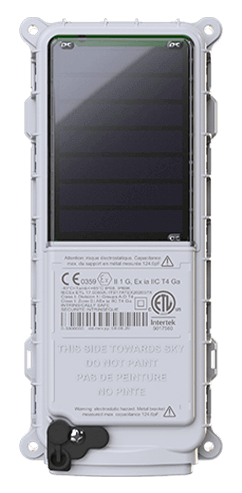 SmartOne Solar
SmartOne Solar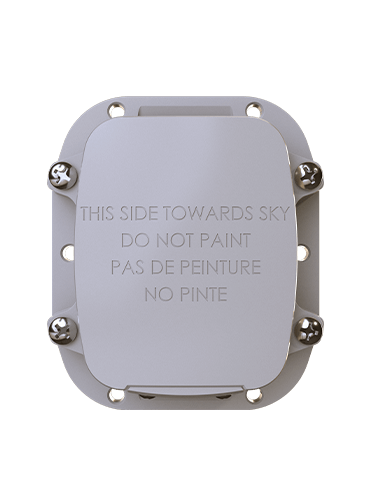 SmartOne C
SmartOne C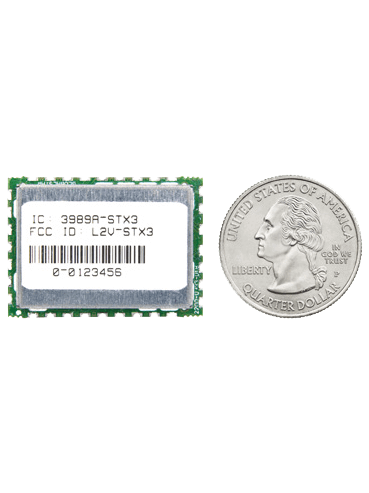 STX3
STX3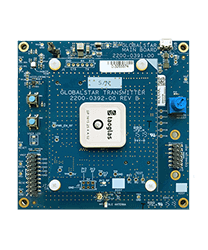 STX3 Dev Kit
STX3 Dev Kit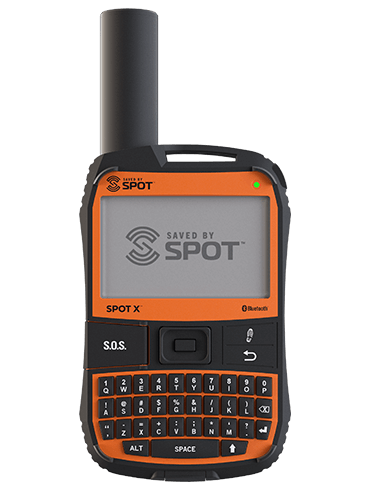 SPOT X
SPOT X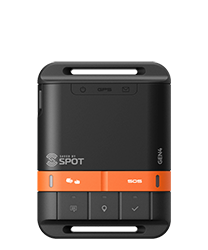 SPOT Gen4
SPOT Gen4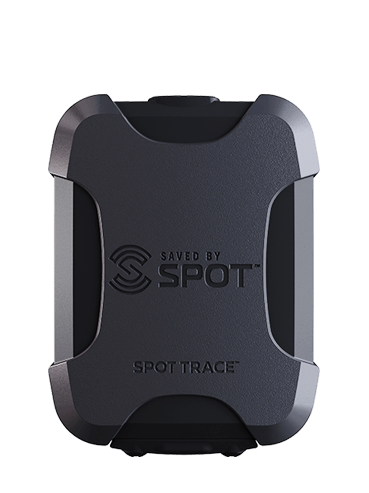 SPOT Trace
SPOT Trace